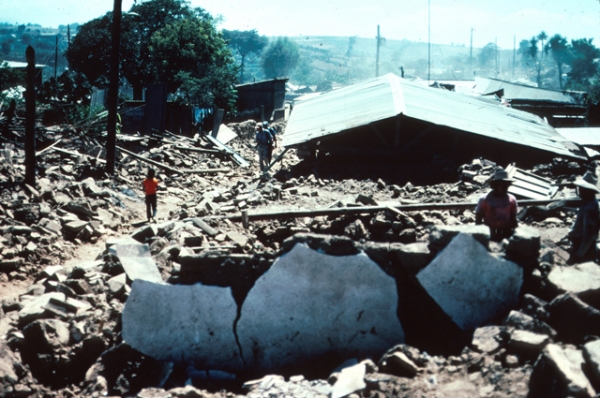Public tests of an earthquake early warning system in Nicaragua are among the latest steps in a collaboration to build a warning system for four countries in the region, Frederick Massin of the Swiss Seismological Service at ETH Zürich said at the Seismological Society of America’s Annual Meeting.
The project—Alerta Temprana de Terremotos en América Central (ATTAC)—is a collaboration between the national seismic networks in Guatemala (INSIVUMEH), El Salvador (MARN), Nicaragua (INETER) and Costa Rica (OVSICORI-UNA) and the Swiss Seismological Service at ETH Zürich, with funding from the Swiss Agency for Development and Cooperation. Earthquake early warning is a necessity in a region where both large subduction zone and moderate crustal earthquakes have the potential to cause devastation, said project coordinator John Clinton, also of the Swiss Seismological Service at ETH Zürich.
“In every one of these countries, in living memory, earthquakes have occurred that have had significant fatalities, often in the capital cities,” Clinton said. “More than twenty thousand people have died in two of the four countries [Nicaragua and Guatemala] in the 1970s, so there is raw feeling and raw emotion. Further, on a regular basis, people are experiencing felt earthquakes.”
Earthquake early warning algorithms have been installed in all four countries as part of ATTAC, and 71 strong motion stations have been installed to supplement sometimes patchy coverage, most notably in Guatemala, said Clinton.
Read more at: Seismological Society of America
Street view in Patzicia Guatemala after 4 February 1976 magnitude 7.5 earthquake. (Photo Credit: USGS)


